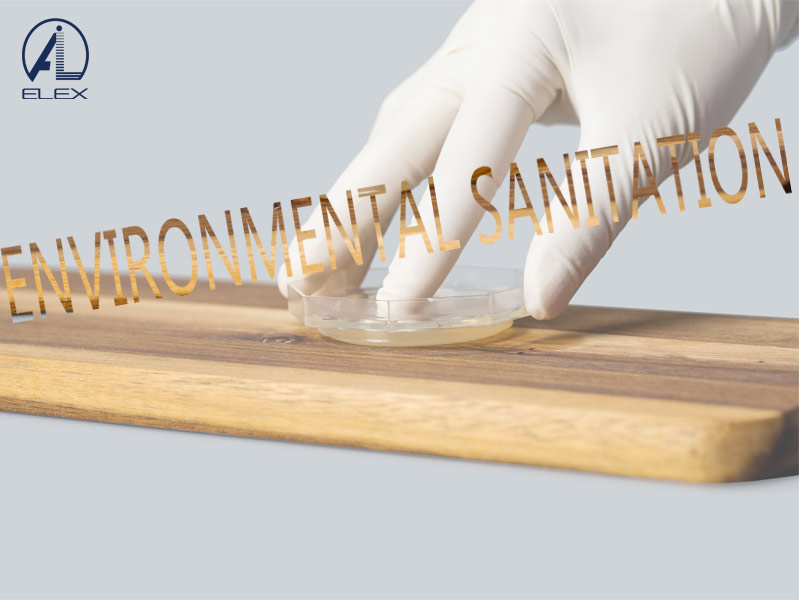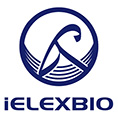After the specimen or liquid culture is inoculated onto the surface of the solid culture media, a single bacterium can form a visible bacterial group through division and reproduction, which is called colony. Different culture media for bacterial is as follows:
Morphological characteristics of colony:
Size, shape (dewdrop, round, vegetable pattern, irregular, etc.), protuberance or flat, depression, edge (smooth, wavy, zigzag, curly, etc.), color (red, gray, black, green, colorless, yellow, etc.), surface (smooth, rough, etc.), transparency (opaque, translucent, transparent, etc.) and viscosity, etc. According to the surface characteristics of bacterial colonies, they can be divided into three types :
① Smooth colony (S-type colony): the surface of the colony is smooth, moist, and the edge is neat. Most of the newly isolated bacteria are smooth colony.
② Rough type colony (R type colony): the surface of the colony is rough, dry, wrinkled or granular, and the edges are mostly irregular. Most of the R-type colonies were S-type bacteria which lost polysaccharide or protein on their surface. The antigen of R-type bacteria is incomplete, and its virulence and anti phagocytic ability are weaker than that of S-type bacteria. But there are also a few newly isolated virulent strains of bacteria, such as R type, such as anthrax, Mycobacterium tuberculosis and so on.
③ Mucilaginous colony (M-type colony): the colony is sticky, glossy and like water beads. It is commonly seen in bacteria and tubercle bacilli with thick capsule or rich mucus layer.
 A Tentative Study on the relevance of HACCP certification and infection control in hospital
A Tentative Study on the relevance of HACCP certification and infection control in hospital
 Environmental Sanitation Microbiology Testing
Environmental Sanitation Microbiology Testing
 Microbiology Test in Food Industry
Microbiology Test in Food Industry
 The Applicability of High-quality Ready-to-use Swab Sampler for Tableware Sampling and Public Places Supplies and Utensils Microorganisms
The Applicability of High-quality Ready-to-use Swab Sampler for Tableware Sampling and Public Places Supplies and Utensils Microorganisms
 Spike Experiment of DNP Culture Media Plate Based on Ice Cream
Spike Experiment of DNP Culture Media Plate Based on Ice Cream


